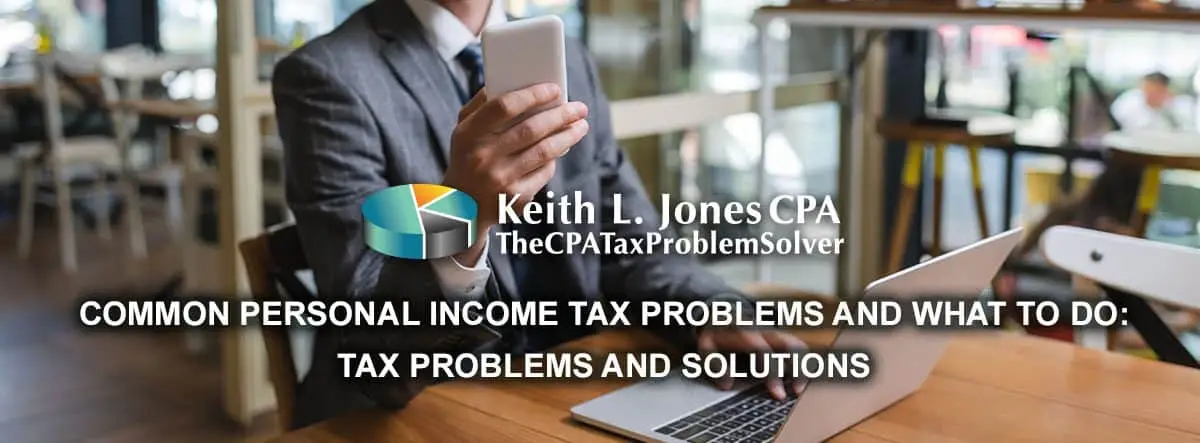IRS hardship status is a way for individuals experiencing financial difficulties to seek relief from certain tax obligations. To qualify, you must provide sufficient evidence of your financial situation, such as income and expense details. This information helps the IRS assess whether you are unable to pay your taxes in full without causing undue hardship. Additionally, you may need to demonstrate that you have explored other options, like installment agreements or offers in compromise, before requesting hardship status. The IRS carefully reviews each case on an individual basis to determine eligibility, aiming to provide assistance to those in genuine need.
Payment plan to IRS
When you owe money to the Internal Revenue Service (IRS), it can be a significant source of stress. However, if you’re unable to pay your tax debt in full, there’s no need to panic because you can get a oatment plan to IRS.
There is a payment plan to IRS that can help you manage your tax liability over time. This blog post will take a detailed look at IRS plan payment, who they are best suited for, and how you can apply for them.
What is an IRS Payment Plan or IRS plan payment ?
An IRS payment plan, also known as an Installment Agreement, is a program that allows taxpayers to pay their tax debt in monthly installments over a certain period.
This approach is designed for those who cannot pay their taxes in full by the due date.
Payment plans provide a structured, manageable method to clear tax debt, avoiding severe penalties and interest that would otherwise accrue.
Types of Payment Plans to IRS
There are three primary types of IRS payment plans, each designed to meet different taxpayer needs.
Short-Term IRS Payment Plan: This plan is for taxpayers who can pay their debt in full within 180 days. There’s no setup fee for this plan if arranged online, and you may avoid accruing additional penalties and interest.
Long-Term Payment Plan to IRS also known as an Installment Agreement: If you need more than 180 days to pay your tax debt, you can apply for a long-term payment plan. There are two types: a Direct Debit Installment Agreement (DDIA) and a regular installment agreement.
The former allows the IRS to directly debit payments from your account, while the latter requires manual payments each month.
Partial Payment Installment Agreement (PPIA): If you can’t pay your tax debt even over an extended period, a PPIA might be the right choice.
This plan allows you to make smaller monthly payments towards your tax debt until the collection statute expires. By doing so, you can manage your financial obligations without the pressure of large lump-sum payments. For those in particularly challenging financial situations, understanding the currently not collectible overview can provide insight into how certain tax debts may be deferred if a taxpayer is unable to pay due to financial hardship. This can serve as an essential resource for individuals seeking relief while navigating their tax obligations.
Streamline Your Financial Relief: Set Up Your IRS Payment Plan Online
Simplify the path to financial relief by embracing modern convenience. Take charge of your tax obligations and ease your burden through the simplicity of technology.
With the IRS online platform, setting up your IRS payment plan has never been more accessible. Gone are the days of complexities and long waiting times. Embrace the stepbystep IRS tax relief guide, which provides comprehensive instructions for navigating through the process with ease.
This modern approach to handling tax obligations allows individuals to take control of their financial well-being and find relief in a more convenient and efficient manner. Don’t let tax-related stress weigh you down – leverage the power of technology and the stepbystep IRS tax relief guide to pave the way towards financial stability.
Navigate through the process from the comfort of your own space, eliminating the need for complex paperwork and lengthy phone calls. Streamline your financial journey today and establish your IRS payment plan online, granting yourself the peace of mind you deserve. Take control of your financial obligations and set up manageable payments that work for you. By utilizing the online platform, you can easily track your progress and make adjustments as needed.
Plus, you can use the extra time you save to hire your kids for small tasks around the house, allowing you to focus on what really matters.
How to Apply for an IRS Payment Plan
Steps to Apply for Payment Plan to IRS:
Step 1 : Identify Your Tax Debt
Before you apply, you should know how much you owe. You can find this information on your tax return, a notice from the IRS, or by using the IRS’s online tool called “View Your Tax Account”.
Step 2 : Choose the Right Payment Plan

Step 3: Apply for the Payment Plan
If applying online, use the OPA application on the IRS website. If applying by mail, you’ll need to fill out Form 9465, “Installment Agreement Request”, and send it to the IRS. If you are also requesting a waiver of penalties or interest due to reasonable cause, you will need to fill out IRS Form 843, “Claim for Refund and Request for Abatement”.
This form should be submitted separately from Form 9465, and both forms should be sent to the appropriate IRS address indicated on the forms or instructions. Make sure to double-check all the necessary documentation and information before sending in your request.
Step 4 : Wait for Approval
Once you submit your application, the IRS will review it and notify you of their decision. If approved, you’ll receive a notice detailing the terms of your agreement and the due dates for your payments.
Step 5 : Make Your Payments
After approval, it’s crucial to make your payments on time to avoid defaulting on your agreement. You can pay by check, money order, credit card, or direct debit from your bank account.
Key Considerations
While an IRS payment plan can be a lifeline, it’s essential to keep a few things in mind.
Firstly, interest and penalties will continue to accrue until the tax debt is paid in full.
Secondly, you must file all required tax returns on time & pay all taxes in-full and on-time (future and current), otherwise, the IRS may terminate your payment plan.
Lastly, if you default on your payment plan, the IRS could take enforcement action, like filing a federal tax lien or a tax levy.
Conclusion
Navigating tax debt can be challenging, but IRS payment plans provide a valuable option for managing your liability.
It’s always advisable to consult with a tax professional to understand your options and responsibilities better. Tax professionals are well-versed in the ever-changing tax code and can provide valuable guidance on tax resolution strategies.
They can help you navigate through complex tax laws, minimize tax liabilities, and make informed decisions to achieve your financial goals. By seeking their expertise, you can ensure that you are in compliance with tax regulations and explore various tax resolution strategies to address any issues that may arise.
Tax resolution information is complex and can vary from individual to individual, so seeking advice from a professional can help ensure you have all the necessary information to make informed decisions about your tax obligations. Additionally, a tax professional can help you navigate any potential issues or disputes with the IRS, providing guidance and representation as needed. Ultimately, seeking expert advice can provide peace of mind and potentially save you time and money in the long run.
Remember, the key is to act swiftly, make informed decisions, and commit to the terms of your payment agreement to avoid further complications with the IRS.
Ready to find out more?
GET YOUR VIRTUAL IRS TAX RESOLUTION CONSULTATION
Continue reading
What is Form 433-B | How To Complete It Accurately
Are you a business owner facing tax challenges? Understanding IRS Form 433-B is crucial for managing your tax debt effectively. This important document helps you show your financial situation to the IRS. It also opens up payment plans and settlement options. The tax gap has reached a huge $688 billion. Filling out Form 433-B correctly can help protect your business from penalties and financial stress. Explore our complete guide to find step-by-step instructions and tips for accurate reporting. Learn how to use this form to help your business’s financial health. Don’t miss out on this vital information!
Resolve your IRS tax problems promptly with these 10 Steps
Confronting tax problems related to issues from the IRS can be daunting and tense. If you have outstanding taxes, are confronted with an audit, or encounter other tax complications, it’s vital to act promptly and discover a resolution. Luckily, there are measures you can adopt to address your tax predicaments and reclaim authority over your monetary circumstances.







